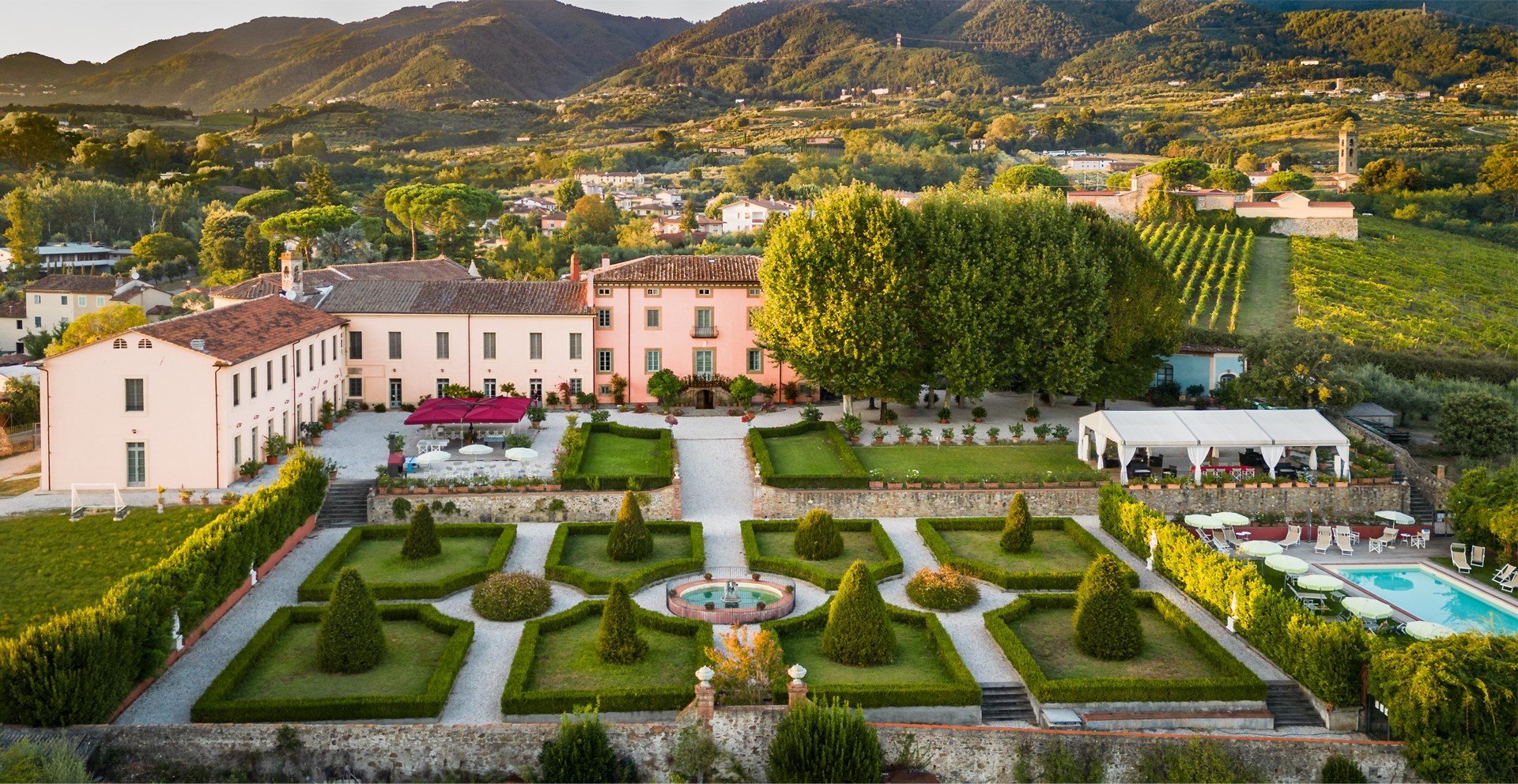
The Villa
Our Story
This splendid historical villa is set on the slopes of the hills near Lucca, It enjoys peace and quiet and a beautiful view of the countryside: essential ingredients for a totally relaxing stay. This enchanting property preserves all the charm and character of a historic residence with its antique furniture, frescoed walls and large Italian garden overlooking the splendid panorama of the surrounding countryside.
The origins of Villa Daniela Grossi date back to the 17th century.
In 1649 the local aristocrat Alessandro Massei bought the Villa from the Santucci family in a public auction. The Villa was not in a good state and between 1650 and 1656 much restoration and improvement was carried out on the building to render it a fitting holiday residence for a noble family of Lucca.
In 1695 the Villa was inherited by Bianca Teresa Massei, wife of Buonviso Buonvisi, but two years later the noblewoman sold it to the wealthy merchant Giovan Andrea Guidotti. The historical archives of Lucca reveal that in 1843 the Villa was among the properties of the Guidotti family. The archives describe it as a four storey building, every storey decorated with racemes, amphoras, chandeliers and landscape paintings: all decorative elements typical of the restored villas of the Lucca area during the period of the principality of Elisa Bonaparte. The exterior part of the property consisted of: land, an oratory, a lemon house, and a split-level garden which can still be admired today. The Guidotti family did not have direct heirs and the Villa was inherited by Sinibaldo Sinibaldi. In 1866 the counts Guinigi bought the whole estate from the Sinibaldi family and donated it to the Cappuccini monks, who had been stripped of their property due to the laws for the secularisation of ecclesiastic assets.
The monks described the Villa as ''frescoed, very well furnished and rich in lemon trees''. They subsequently carried out some modifications which were useful to their religious life and created a cloistered seminary for teaching. In just a few years the number of monks and of students quickly increased and in 1903 an adjacent building was constructed to serve as a dormitory, kitchen and study / recreation rooms. The oratory was extended and converted into a church which was also open to the local population. In 1929 another wing was built adjacent to the church and was used exclusively as classrooms. At the end of the 20th century vocations diminished and the monastery closed.
In 1995 the estate was bought by the Grossi/Cervelli family. They embarked on some major consolidation and restoration work, thanks to which the frescoes were brought back to light and the villa, lemon house and Italian garden returned to their former splendour.
Check out the video reel of Villa Daniela Grossi. Click on the image
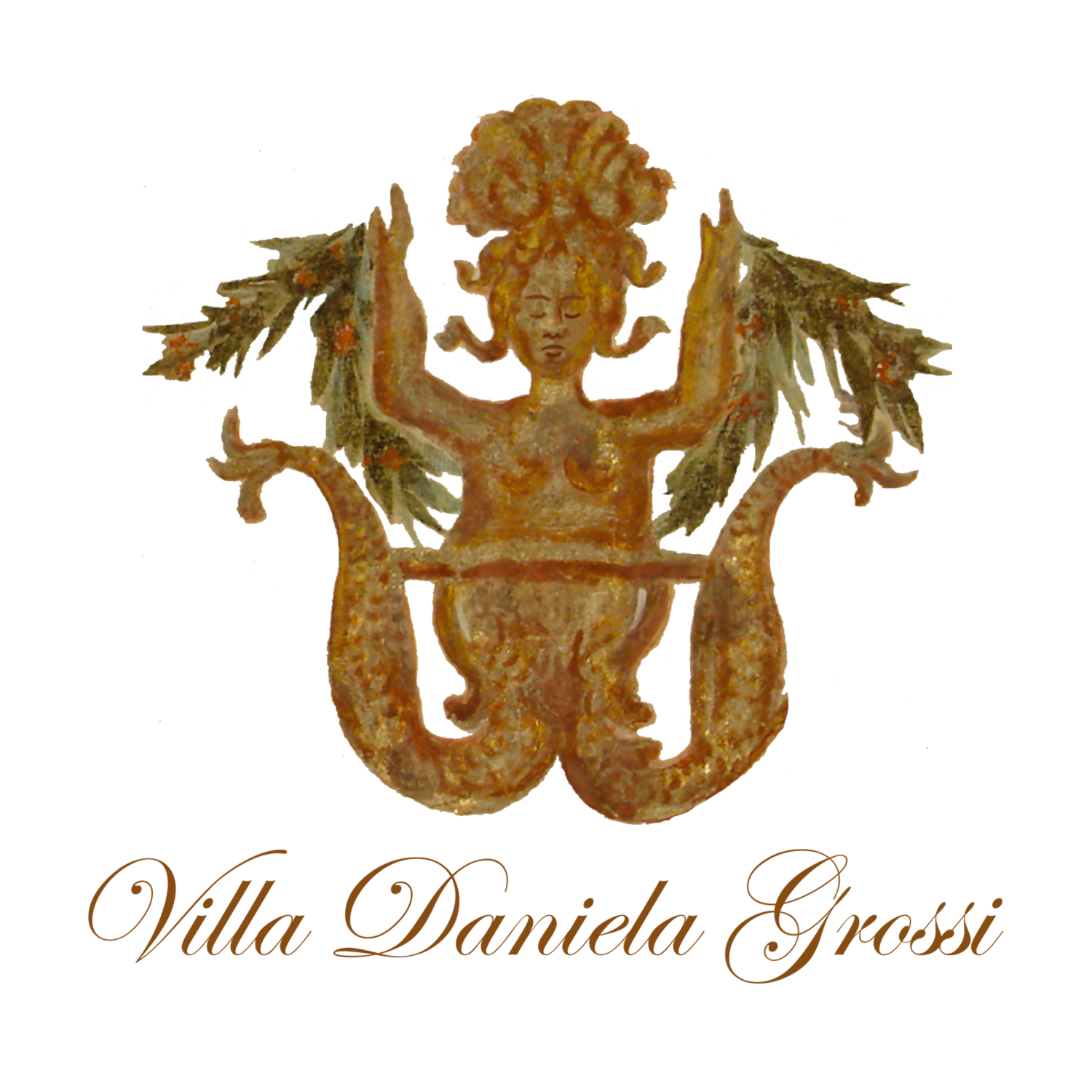
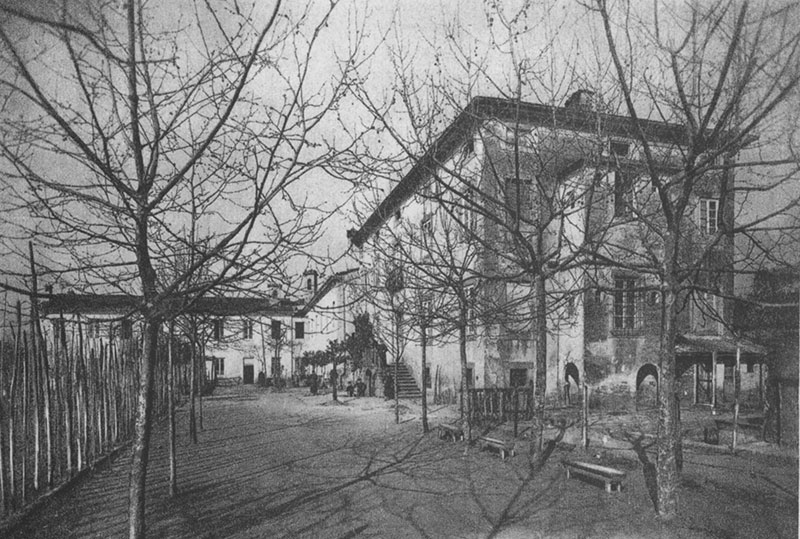

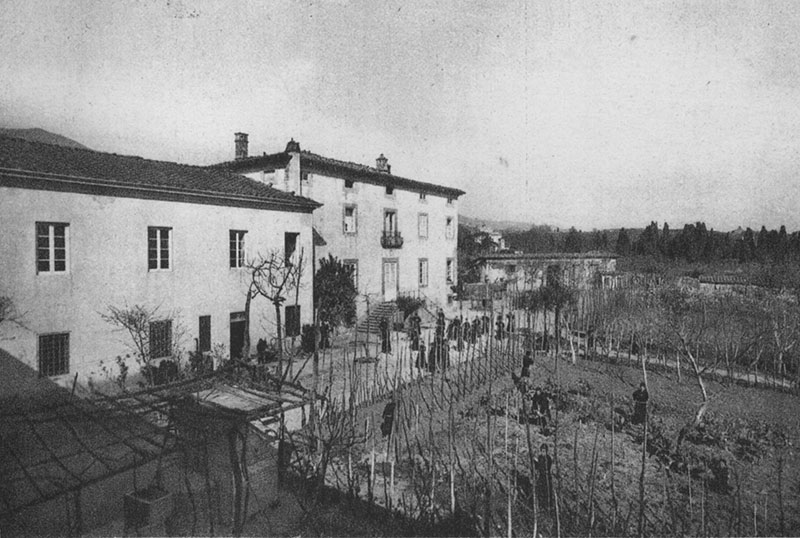









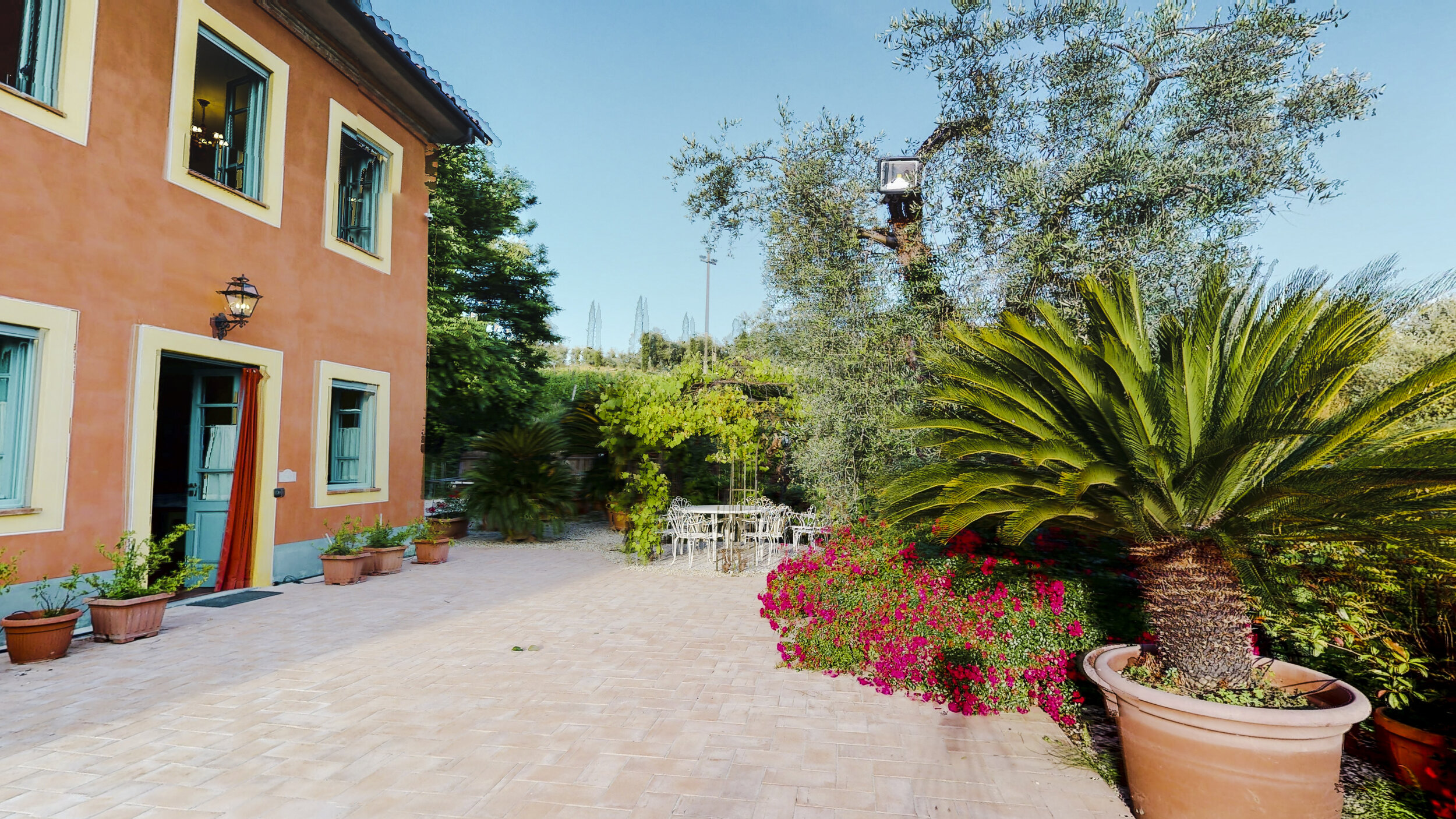

A Cooking and Culture Week at Villa Daniela Grossi
2022 Edition